To be reminded why their job is so necessary, the engineers who crash test cars at Thatcham Research need only glance at the Rover 100 stored at the organisation’s Berkshire-based site.
Its front end has concertinaed in the 40mph frontal offset crash test (other examples were subject to side and pedestrian impacts), but more shocking is how the impact energy has travelled to the cabin, buckling the car’s windscreen pillars. Inside, the occupant survival space has been severely reduced, while the steering wheel has been forced up towards the dummy driver’s head.
The Rover was among the first vehicles to be crash tested by the then new vehicle safety organisation Euro NCAP (the letters stand for New Car Assessment Programme) in 1997, or 25 years ago this month. In 2012, Thatcham Research became one of its accredited test facilities; today, Euro NCAP is based in Belgium, but it was actually a UK initiative conceived by the Transport Research Laboratory. The UK government quickly got behind the new programme, as, shortly afterwards, did the EU.

Worryingly for owners of the model, Euro NCAP awarded the Rover 100 just one star out of the four then available (today, the maximum is five). Even the best performers in the inaugural round of tests, the Ford Fiesta and Volkswagen Polo, earned just three stars. The results sent shock waves through an industry that had grown used to crash testing its new cars against only basic legislative requirements, keeping the results to itself and its customers in the dark. The fallout was quick and dramatic. Euro NCAP was and remains a voluntary scheme, but just five months later the Volvo S40 became the first four-star car for occupant protection.
Encouraged by manufacturers’ and consumers’ response, in 2000 Euro NCAP introduced one of its toughest tests to date: the side-impact pole test, in which a car, mounted on a platform, is pulled sideways into a pole. “It’s the toughest crash test because the pole is a like a knife,” Matthew Avery, director of research at Thatcham, tells me when I visit the test facility. In 2001, the Renault Laguna II was the first car to achieve the Euro NCAP’s new, maximum five-star rating, thanks to its impressively stable structure, pretensioner seatbelts and head airbag. The result encouraged more car makers to raise their game.






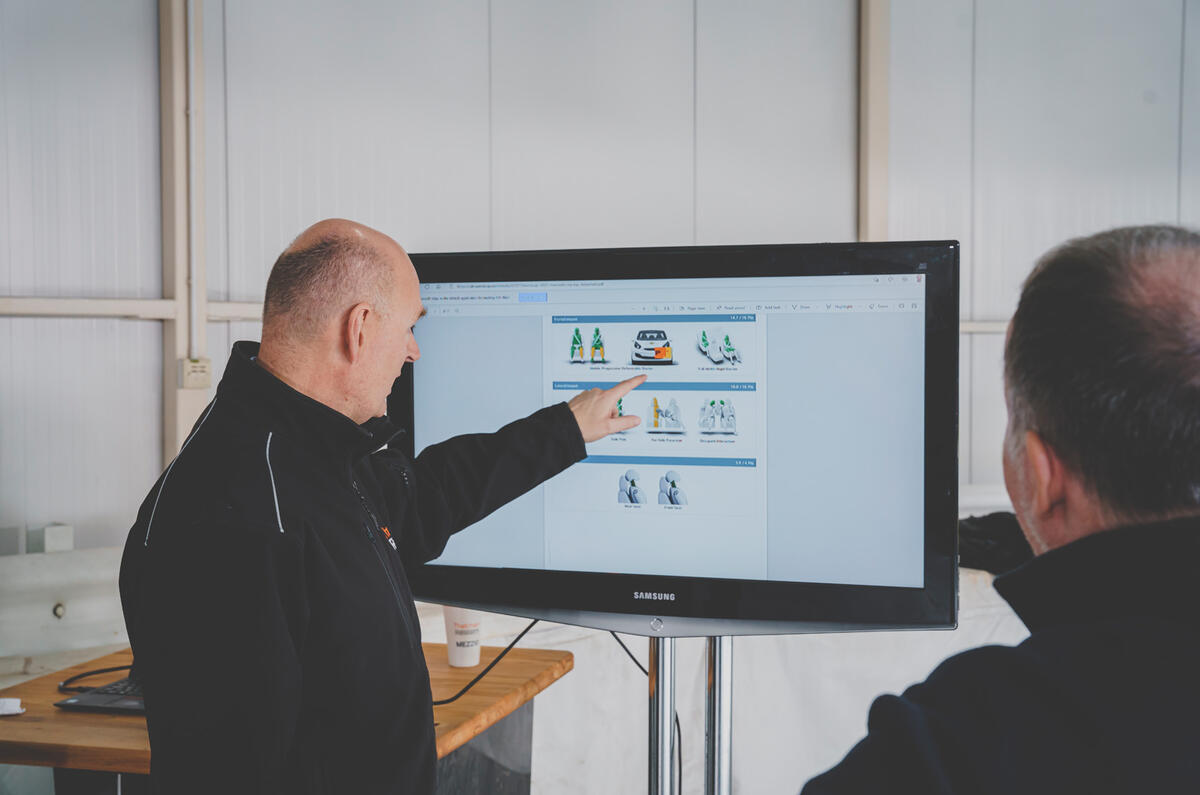







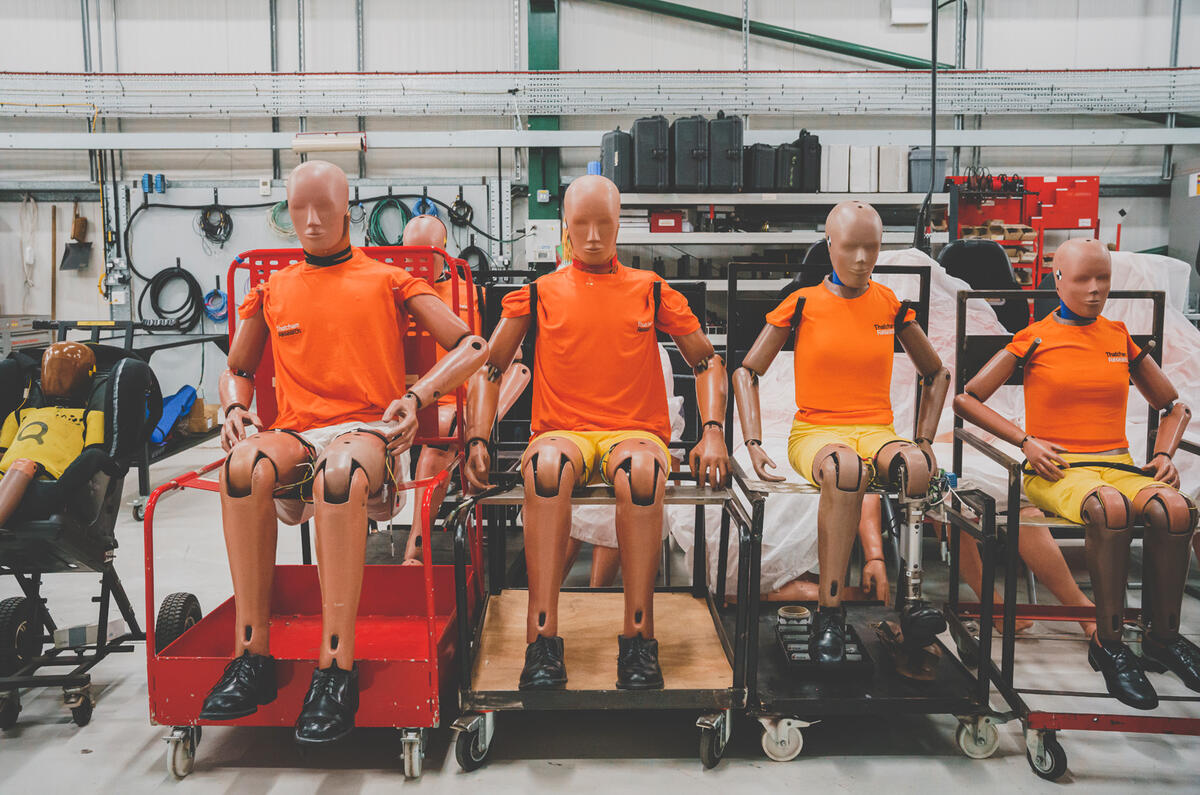



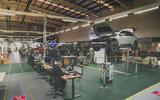

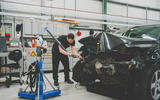
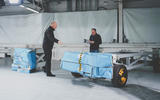








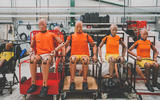

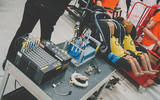








Join the debate
Add your comment
sfe
sfe
Despite the difficulty ranking cars due to the moving goal posts this has been a very good thing, driving standards up, doing their level best to replicate real crashes. Zoe a real shocker (no pun intended).